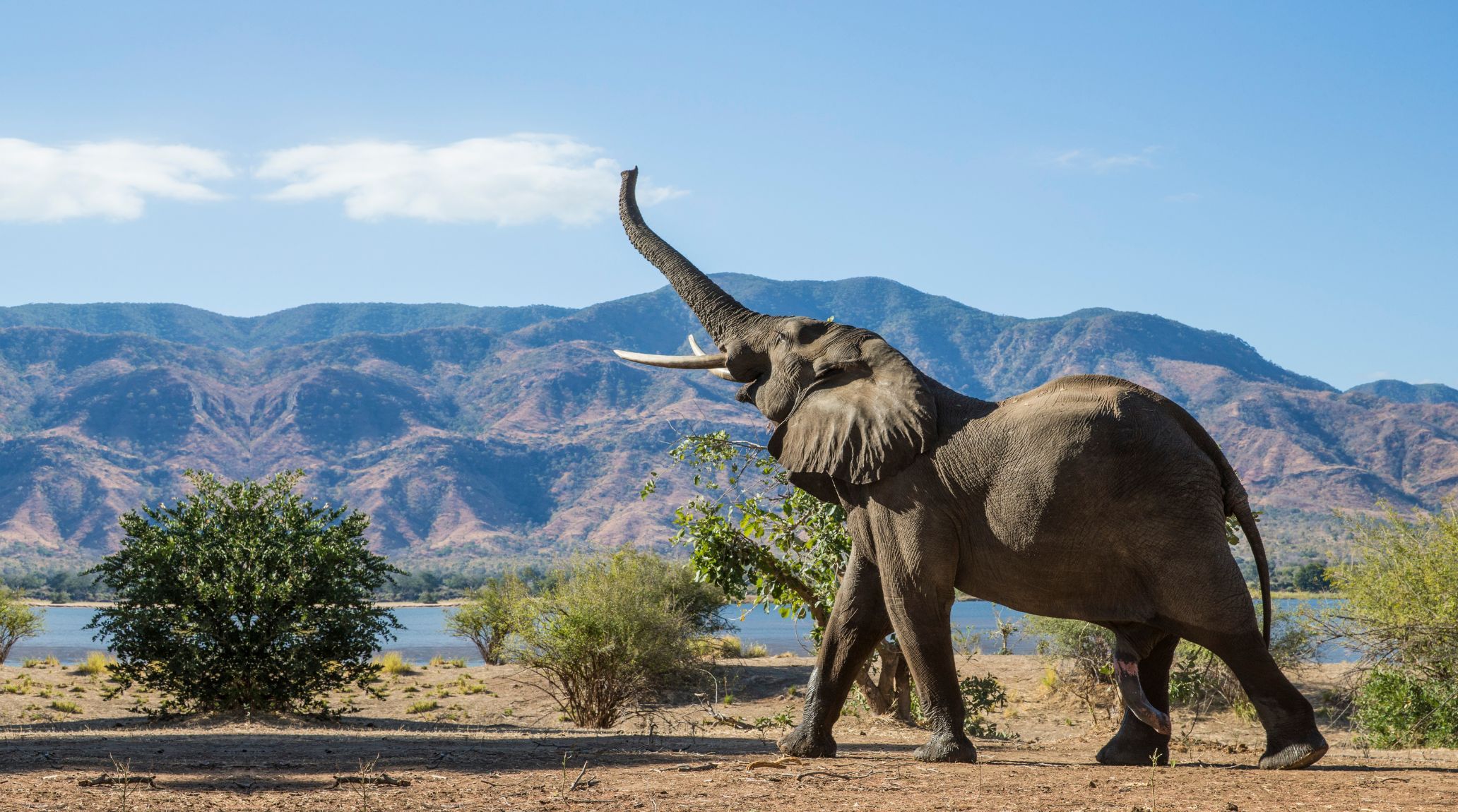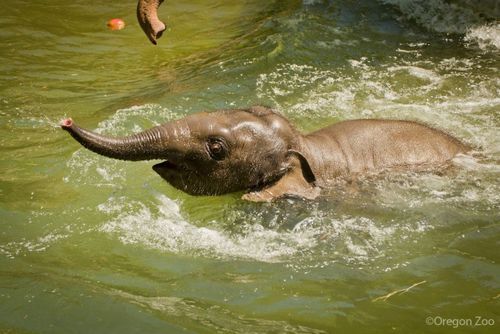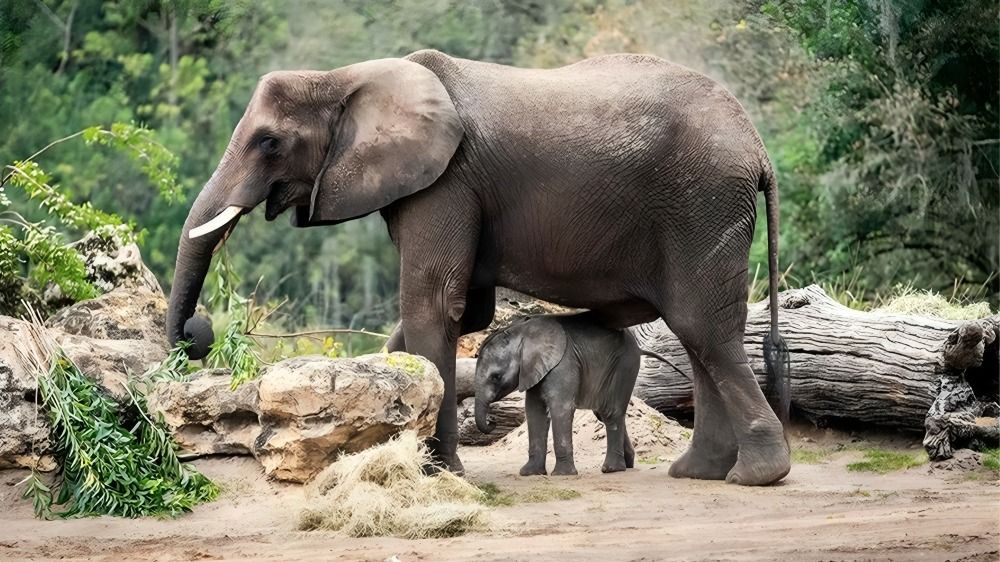
“
Elephants are some of the most fascinating animals on the planet. Known for their large size, intelligence, and social nature, they captivate the imagination of kids and adults alike. In this blog, we explore 20 amazing elephant facts for kids that will help you learn more about these gentle giants. From their unique physical traits to their incredible behaviors, these facts are sure to surprise and delight!1
1
”
Elephants are the largest land animals on Earth, with African elephants being bigger than Asian elephants. They can grow up to 13 feet tall and weigh up to 14,000 pounds. Their massive size makes them iconic and awe-inspiring creatures.1
A baby elephant, called a calf, weighs about 220 pounds (100 kilograms) at birth. Calves are cared for by their mothers and other females in the herd, learning important survival skills from them. 2
Elephants have large ears that help them cool down by flapping them. The ears of African elephants are larger than those of Asian elephants and are shaped like the continent of Africa. 3
An adult elephant can weigh up to 14,000 pounds (6,350 kilograms). Despite their massive size, they can walk quietly thanks to the padded soles of their feet. This quiet movement helps them navigate through their habitats.4
Elephant skin, approximately 1 inch (2.5 cm) thick, is sensitive enough to detect a fly landing on it. This thickness protects against thorns and extreme temperatures.”5
Elephants are herbivores, eating grass, leaves, bark, and fruit. They can consume up to 300 pounds (136 kilograms) of food each day and spend about 16 hours a day eating. Their large diet is necessary to sustain their enormous bodies.6
Elephants experience REM sleep, suggesting they may dream like humans. This deep sleep stage, marked by rapid eye movement, indicates that elephants have complex mental processes and possibly vivid dreams.7
Elephants can live up to 70 years in the wild. Their long lifespan and complex social structures contribute to their strong family bonds. These bonds are vital for their survival and emotional well-being.8

Elephants are good swimmers and can use their trunks as snorkels. They enjoy spending time in the water, which helps them cool down and have fun. Swimming also provides exercise and relief from the heat.
Elephants typically consume 25 to 50 gallons (100 to 200 liters) of water daily. This substantial intake supports their large size and helps meet their hydration needs for maintaining health and energy.9
The saying "an elephant never forgets" stems from their exceptionally large and dense temporal lobes, the brain region responsible for memory. This anatomical feature helps elephants retain and recall information better than humans.10

A baby elephant can typically stand within 20 minutes after birth. This quick ability is crucial for their survival, allowing them to follow their mother and join the herd as they move through their habitat shortly after being born.
Elephants often sleep standing up but lie down for deep sleep. They only need about 2-4 hours of sleep per day, usually taken in short naps. This minimal sleep requirement allows them to spend more time feeding and caring for the herd.11
Elephants spend most of their day eating, consuming up to 150 kg (330 lb) of vegetation daily. They graze on grasses, leaves, fruits, and bark, using their trunks to pull and manipulate food. Their large size requires a constant intake of nutrients.12
Many elephant species are nocturnal, favoring the cooler night hours for activity. They often graze, socialize, and travel during the night to avoid the intense daytime heat and reduce water loss, making the most of the cooler temperatures.13
Motty, born on July 11, 1978, at Chester Zoo, was the only known hybrid of African and Asian elephants. He lived just ten days before dying from illness. His unique skin is preserved at the Natural History Museum, London.14
Elephant tusks are actually elongated incisor teeth. These specialized teeth continue growing throughout the elephant's life and serve various functions, including foraging, digging, and defense. 15

Elephants use mud as sunscreen to protect their skin from the sun. They often take mud baths, which also help to keep parasites at bay. This behavior is crucial for their skin health and overall well-being.
The three elephant species can be distinguished by their ears: African elephants have large, fan-shaped ears; Asian elephants have smaller, rounded ears; and the forest-dwelling African forest elephants have the smallest, most rounded ears of all.16
The Sri Lankan elephant (Elephas maximus maximus) is the largest Asian elephant subspecies, reaching up to 3.5 meters in shoulder height and 5,500 kg in weight. They are darker, often tuskless, with only 7% of males having tusks.17


